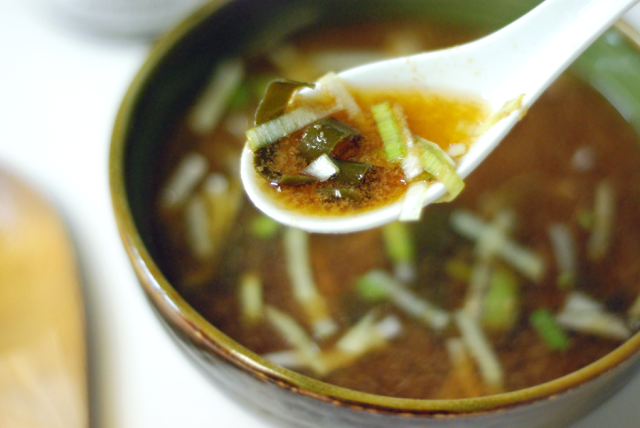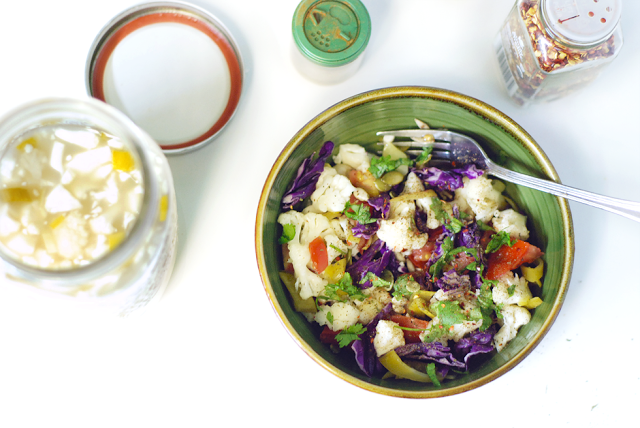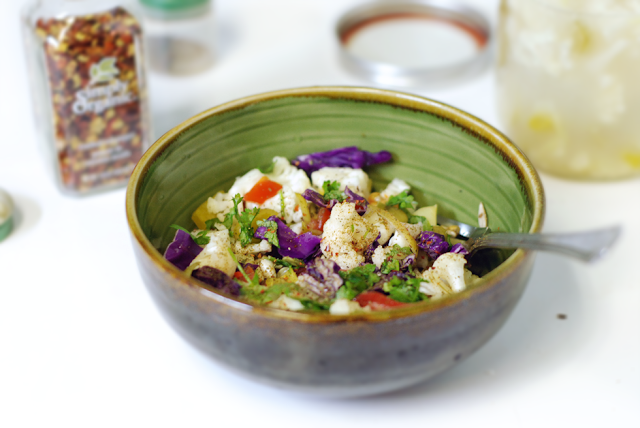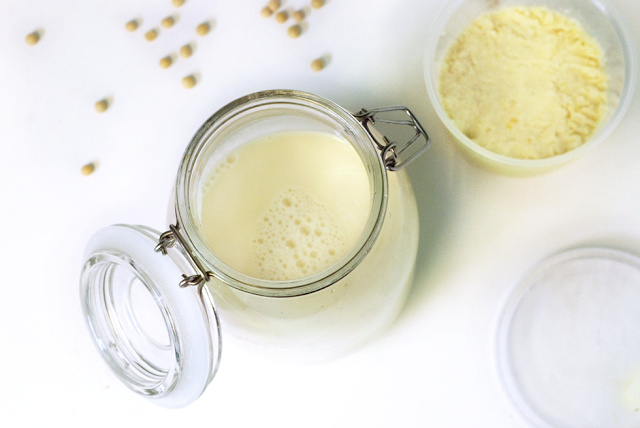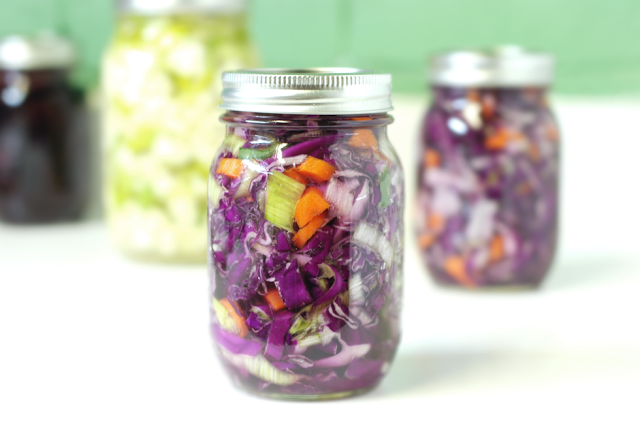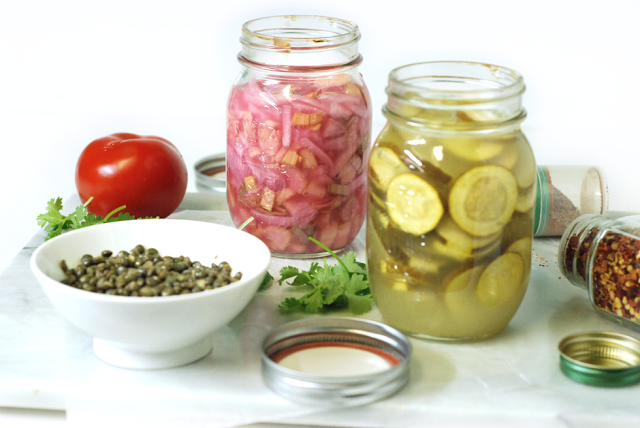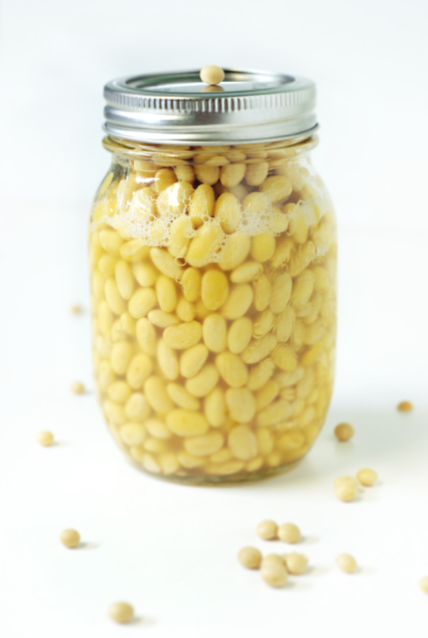Soybeans contain phytochemicals that have toxic effects on the human body. It has been linked to digestive distress, allergies and immune system breakdown. However, fermented soybeans releases nutrients and transforms soybeans into healthy nutritious food. When you consume small amounts of fermented soy foods, they help provide a wealth of friendly microflora to the intestinal tract that aids in digestion and assimilation of nutrients, as well as boost immunity.
Miso neutralizes toxins and alkalizes the blood. It contains an excellent source of digestive enzymes, probiotics, essential amino acids, vitamins and minerals!
‘Fermented soy in small, condimental amounts as practiced in traditional Asian cultures is the only safe way to consume this legume and even then, only for those who have healthy thyroid function because it is so extremely goitrogenic. Miso, tempeh, natto and soy sauce (If traditionally brewed) fall under this category.’ (see full article in link below)
Sources:
http://www.thehealthyhomeeconomist.com/why-sprouted-soy-is-worse-than-unsprouted-even-if-organic/
http://www.organicauthority.com/health/what-are-the-safest-nongmo-soy-products.html
http://www.wildwoodfoods.com/products/tofu
http://ourearthland.blogspot.ca/2012/06/releasing-nutrients-in-soybeans.html
http://naturalsociety.com/miso-soup-protects-against-radiation-exposure/
http://www.naturalnews.com/025513.html
http://ourearthland.blogspot.ca/2012/08/the-benefits-of-barley-miso-soup.html







